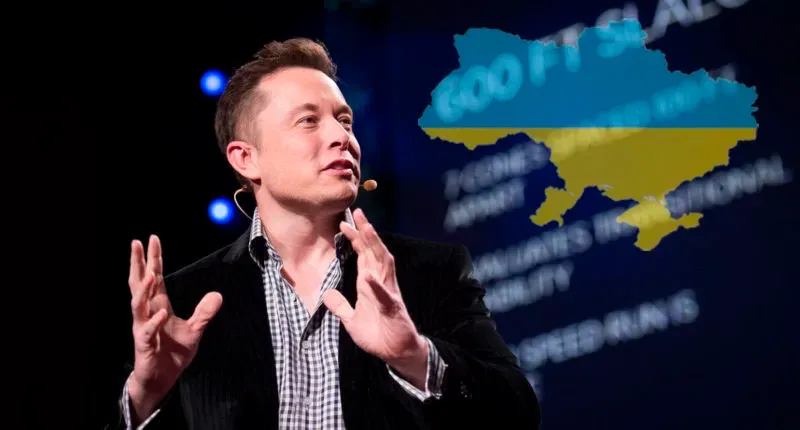Federal Judge Strikes Down Minnesota's Groundbreaking Deepfake Election Ban
A federal judge has dealt a significant blow to election security efforts by striking down Minnesota's pioneering law banning AI-generated deepfakes in political campaigns, raising urgent questions about how democracies can protect themselves from sophisticated digital manipulation while preserving free speech rights.
The Ruling That Shocked Election Security Experts
U.S. District Judge Edmund Santer ruled that Minnesota's deepfake ban, which would have been the strictest in the nation, violated the First Amendment's protection of political speech. The law, set to take effect in August 2024, would have made it a misdemeanor to distribute digitally altered content depicting candidates saying or doing things they never actually did within 90 days of an election.
The ruling came in response to a lawsuit filed by a YouTube content creator who argued the law would criminalize political satire and commentary. Judge Santer agreed, stating that the legislation was "overbroad" and could chill protected speech, including parody and legitimate political criticism.
Minnesota's Ambitious Anti-Deepfake Legislation
Minnesota's law represented the most comprehensive attempt by any U.S. state to combat election-related deepfakes. The legislation specifically targeted:
- Synthetic media that falsely depicted candidates in compromising or misleading situations
- Distribution timing restrictions within 90 days of elections
- Criminal penalties including fines up to $3,000 and potential jail time
- Civil remedies allowing candidates to seek injunctive relief and damages
The law included narrow exceptions for parody, satire, and commentary that was clearly identified as such, but critics argued these carve-outs were insufficient to protect legitimate speech.
The Growing Deepfake Threat
The timing of this ruling is particularly concerning given the exponential growth in deepfake technology. According to Sensity AI, a company that tracks synthetic media, deepfake videos increased by 900% between 2019 and 2023. Political deepfakes have already appeared in elections worldwide:
- In 2023, a deepfake audio recording of a Slovakian political candidate discussing vote-buying circulated days before the parliamentary election
- Indian politicians have used AI-generated content to reach voters in multiple languages
- The 2024 U.S. election cycle has already seen several instances of manipulated candidate videos
"We're seeing a perfect storm," explains Dr. Sarah Chen, a digital forensics expert at Stanford University. "The technology is becoming more accessible while our legal frameworks remain woefully inadequate."
The Free Speech Dilemma
The Minnesota ruling highlights the fundamental tension between protecting democratic processes and preserving constitutional rights. Judge Santer's decision emphasized that even false political speech receives some First Amendment protection, particularly when it involves public figures and matters of public concern.
Legal experts note that this creates a challenging landscape for lawmakers. Traditional defamation laws may provide some recourse, but they typically require proving actual malice and often move too slowly to prevent election interference.
"The harm from a deepfake can occur within hours of its release," says election law professor Michael Rodriguez. "By the time you get a court order, the damage is done and votes may have already been cast."
What This Means Moving Forward
The striking down of Minnesota's law sends a chilling message to other states considering similar legislation. At least 15 states have introduced deepfake-related bills in 2024, but many legislators may now hesitate to push forward with comprehensive bans.
However, some alternative approaches are gaining traction:
- Platform liability measures requiring social media companies to label or remove synthetic content
- Disclosure requirements mandating clear identification of AI-generated material
- Targeted restrictions focusing on the most harmful types of manipulated content
The Path Ahead for Digital Democracy
As the 2024 election approaches, the Minnesota ruling leaves a dangerous gap in protections against sophisticated digital manipulation. While the judge was right to be concerned about free speech implications, the absence of effective safeguards against deepfakes poses an existential threat to informed democratic participation.
The solution likely lies not in broad criminal bans but in more nuanced approaches that combine technology solutions, platform accountability, and targeted legal remedies. Voters, meanwhile, must become more sophisticated consumers of digital content, learning to verify sources and question seemingly authentic but suspicious material.
Without swift action from policymakers, technologists, and civil society, the 2024 elections may become a testing ground for just how much democratic discourse can withstand the age of artificial intelligence.
